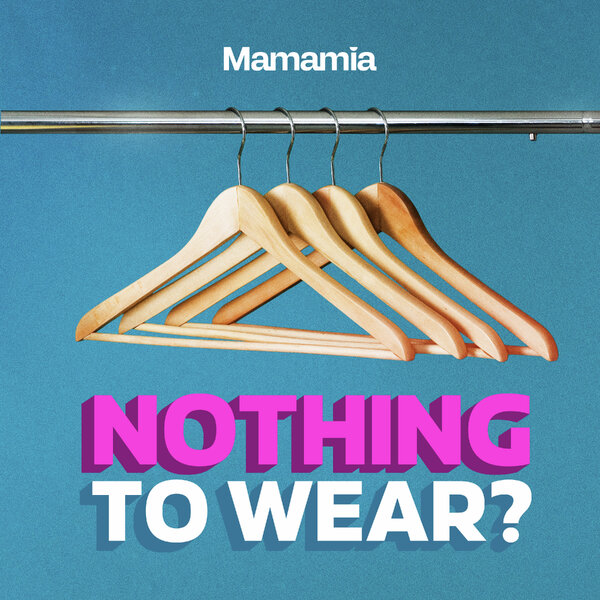
A few years ago I was in a car accident and dislocated my hip. The injury meant I wasn’t able to walk, or work, for over a month. I watched a lot of TV, I read a lot of books, I got pretty good at Mario Kart. And, after a friend gave me the gift of a lesson, I learnt to knit.
It was calming, interesting, a way to solve problems and make things, and a lot of fun. When friends came to visit, so many of them would say things like, “I wish I had time for that” or “I don’t think I’d be very good at it”. They’d admire my wonky scarf politely and ask about my leg.
Knitting made it easier to forget about my injury, as well as providing challenges and a goal to work towards when I wasn’t working.
Knitting, I had discovered, was a simple, fun, interesting thing I could do to pass the time and feel like I had accomplished something. If it’s good enough for Julia Roberts, it’s good enough for me.
Since then I’ve had a lot less time for knitting, but I have noticed that it’s become something that more people are doing as a way to pass time, relieve stress and build friendships. Knitting has begun creating communities here in Australia, which is lovely. But in some parts of the world, knitting is building communities that create work and help people take charge of their lives and economic circumstances.
That might sound like a tall order for a ball of wool and a couple of sticks, but knitters in Nepal are already benefiting from this kind of program. They’re making the Khusi beanie for Kathmandu, and are knitted by women who otherwise might not have access to their own job or financial security.
One Khusi beanie knitter, Sabina, told Kathmandu’s Summit magazine that working on the beanies transformed her life.
“I feel a strong connection with the other knitters. We work like friends and this helps us enjoy our work,” she said.





























































































